Big Bite Barracuda
What goes through your mind after shaking hands with death? After being on a ventilator, halfway to the grave, and then clawing your way back? One thing is certain: you don’t just sit around waiting for life to come strolling by.

I tend to observe my surroundings quite intently. The truth often lies in the details. One of the first things I notice when meeting Per Sundberg is the long scar running along his left arm.
It’s not something I mention immediately, of course. But before we part ways, curiosity gets the better of me. Politeness and decorum take a backseat – I simply must ask.
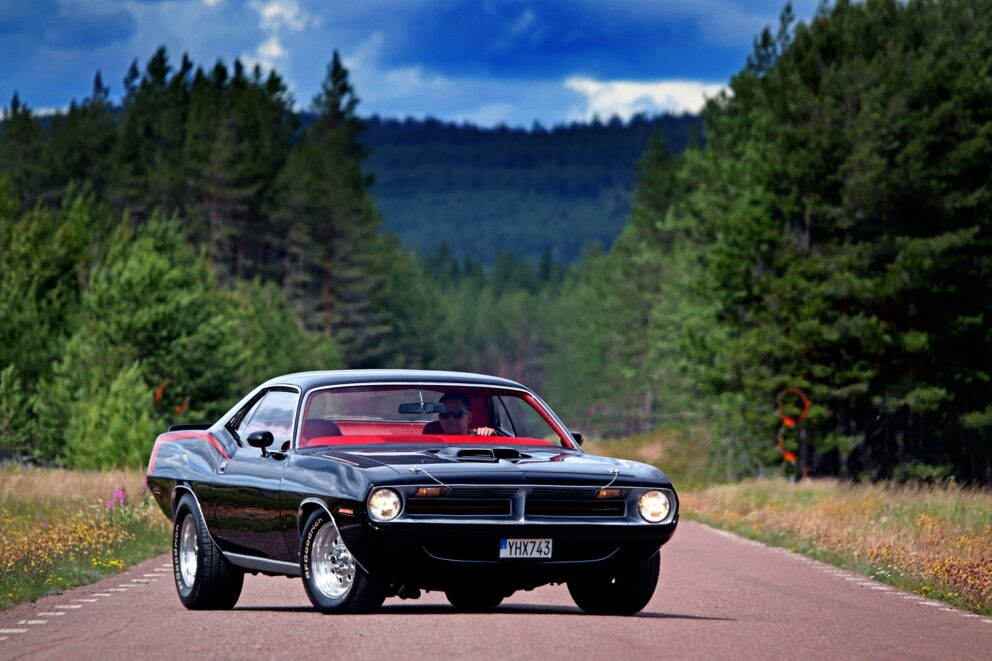
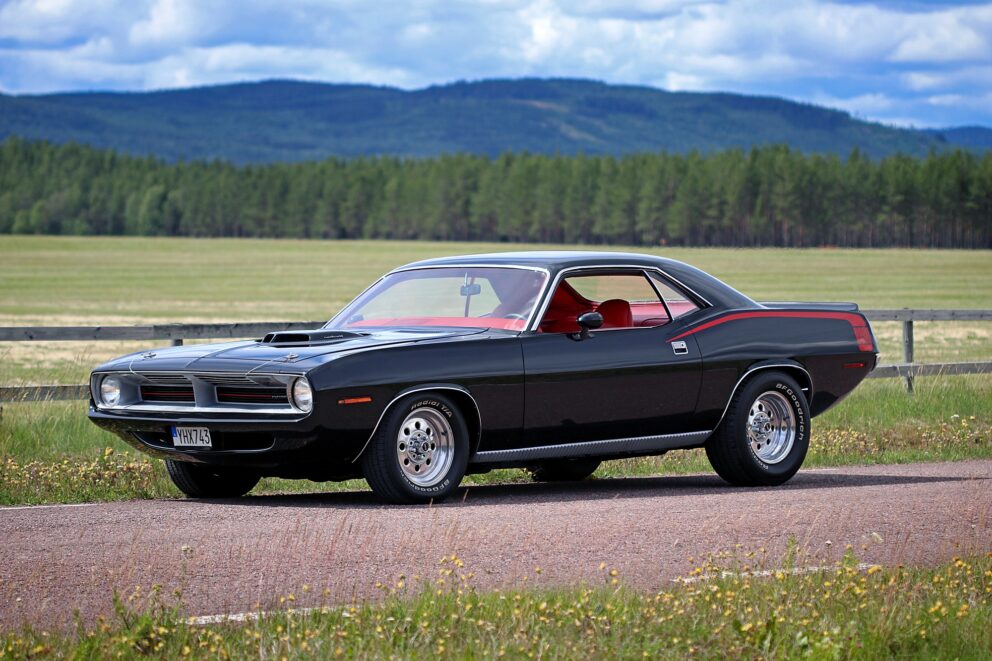
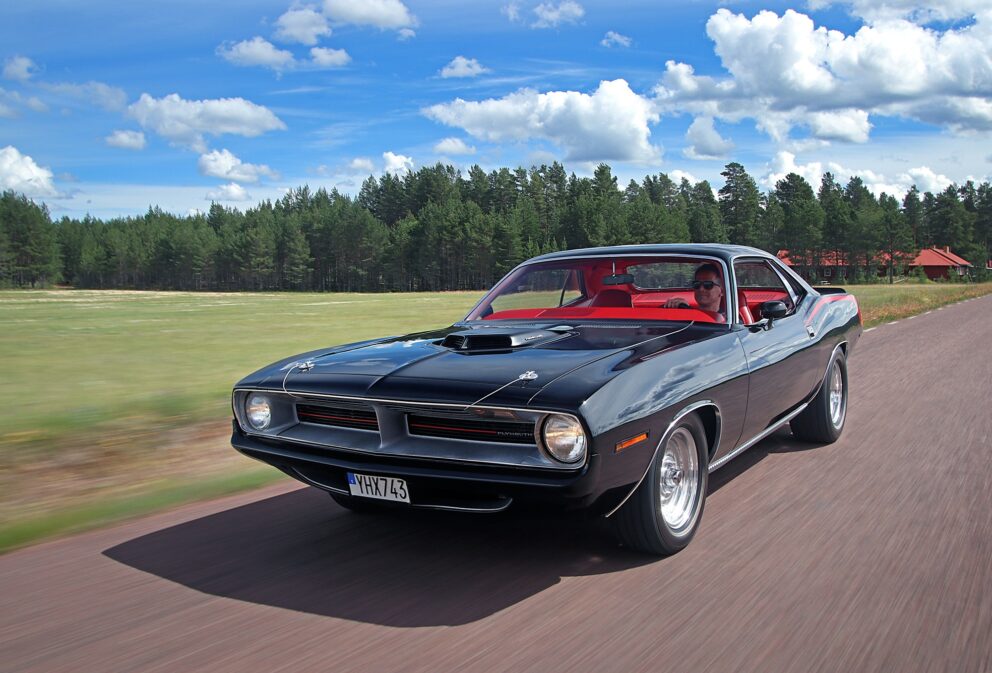
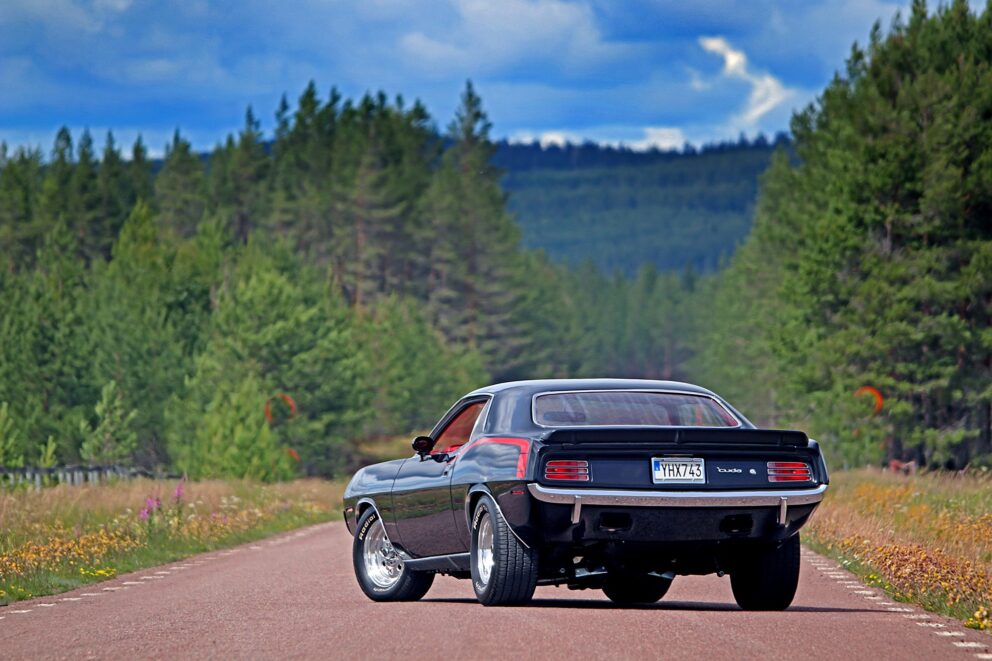
And I’m glad I do, as the answer ties directly to Per Sundberg and his cars. But let’s circle back to that story.
The focus at Orsa-Tallhed airfield on this day, Friday, a couple of months ago, is Per’s 1970 Plymouth Barracuda. A car converted into a HEMI® engine-powered ’Cuda, although it originally rolled off the factory floor with Chrysler’s slant-six engine at the other end of the engine spectrum.
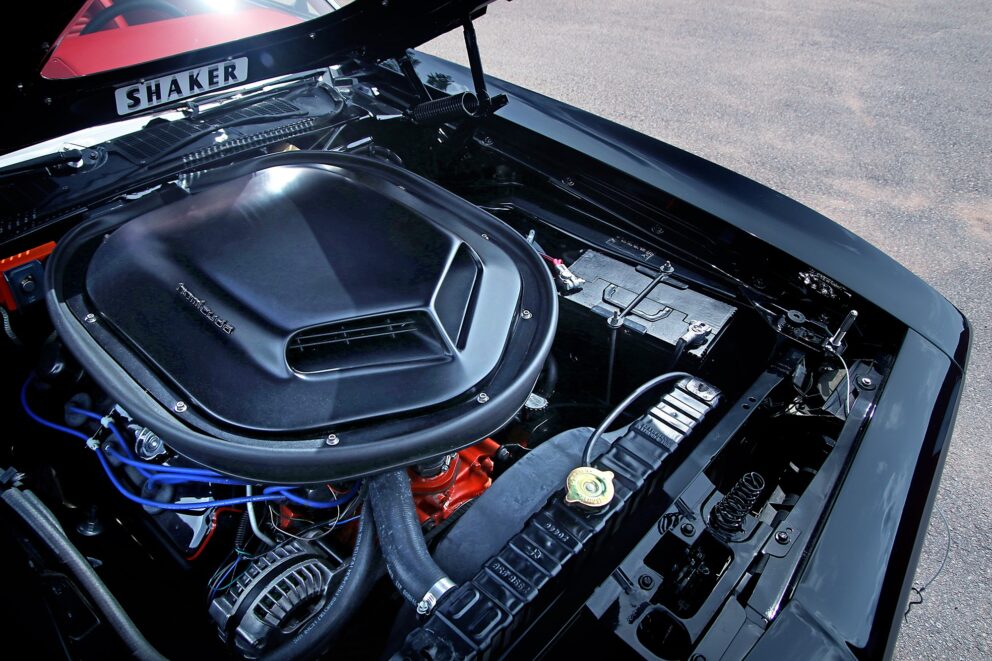
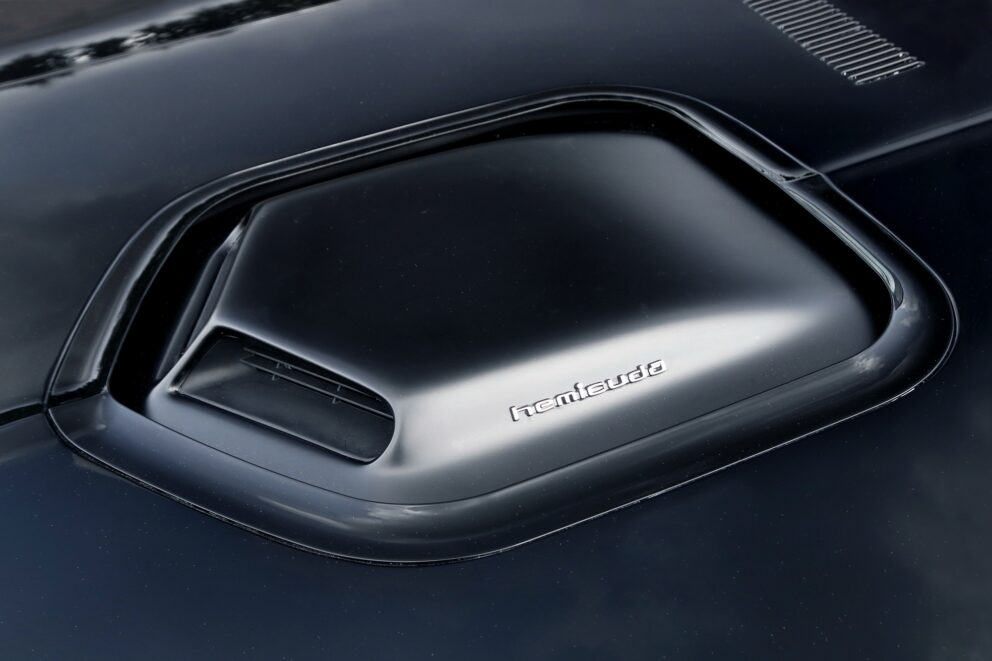
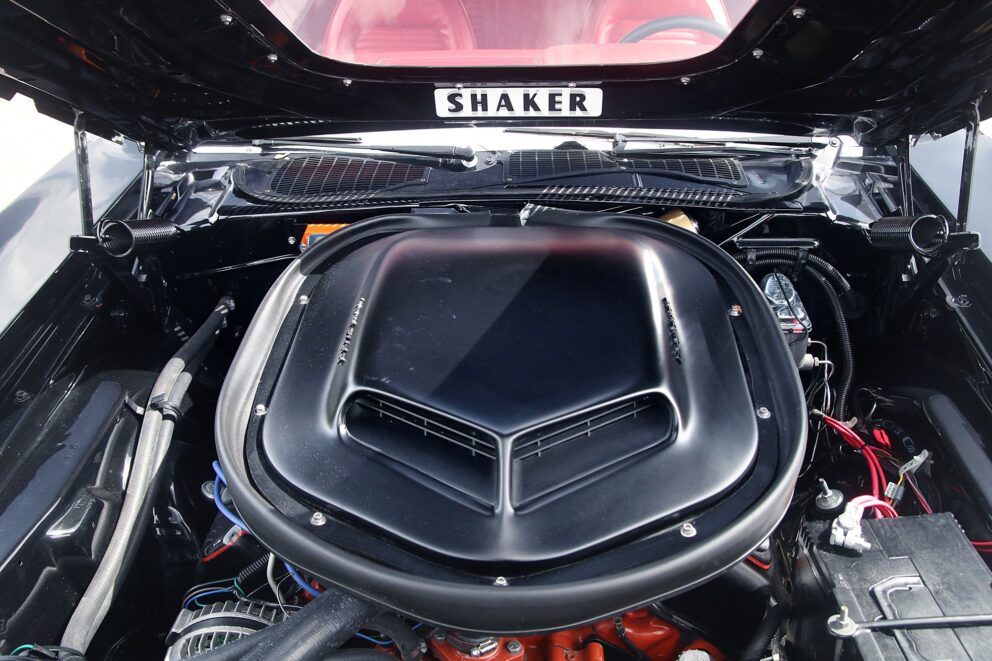
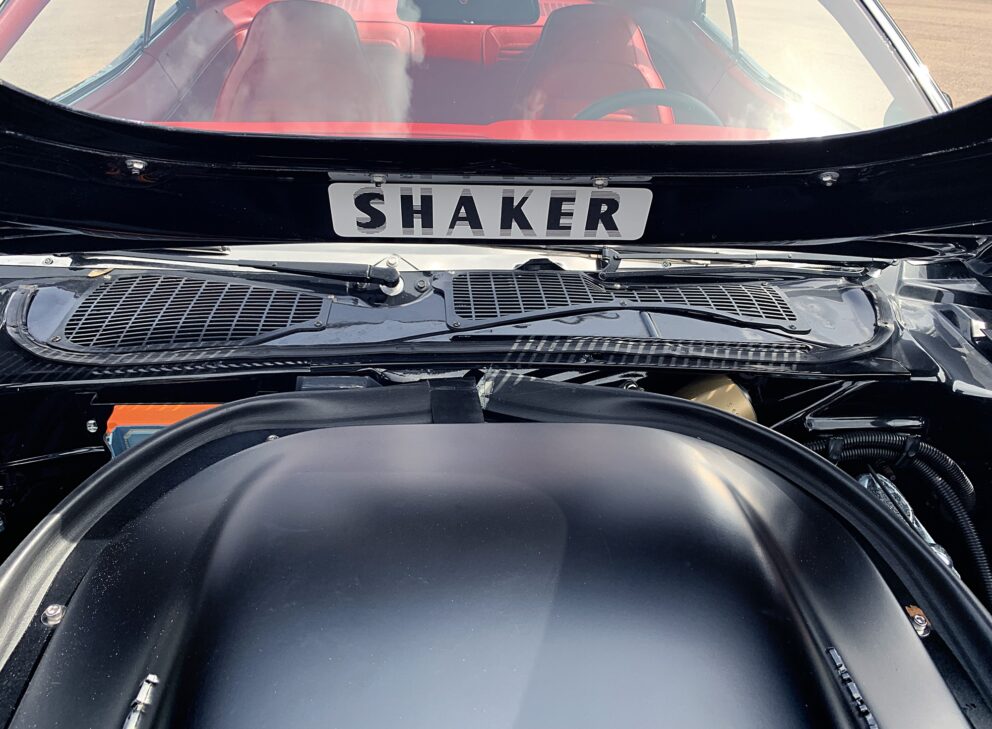
“I got the car in the summer of 2017. It was a heavily lowered Plymouth with 20-inch wheels. The first job was to restore it into a muscle car. That involved fitting 15-inch wheels all around and adding hi-jacker air shocks in the rear,” Per says.
A new 2.5-inch exhaust system from TTI, including ceramic-coated headers, was installed soon after. Per restored the chrome trim that had been painted black and replaced any missing pieces. The car came with racing stripes – long decals stretching over the hood, roof and trunk lid – which Per promptly removed. Then, he gave the roof a fresh coat of paint. A new power steering system and a Borgeson steering box were also added.
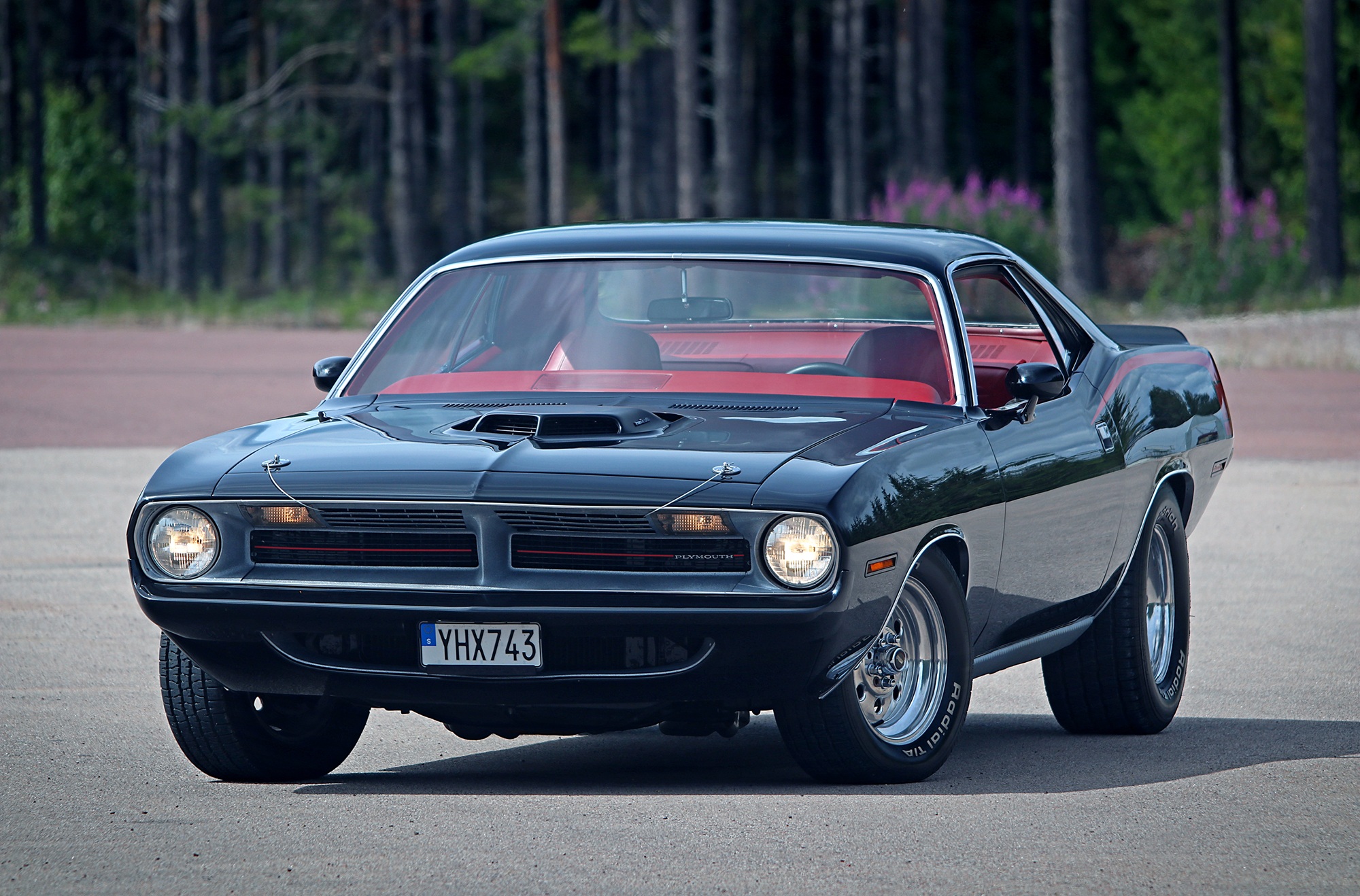
“I haven’t done much else to the car. It was converted into a ’Cuda in the U.S. back in 2008, specifically in Pennsylvania. After that, it was showcased at various events before being stored. I received about 300 photos of the car, and it was in excellent condition. It was a no-brainer – a great starting point.”
Unlike his 1955 Chevy, which Per has worked on for over a decade and still owns, the black Barracuda hasn’t required much. In truth, it’s nearly perfect as is, especially regarding its engine and drivetrain.
“It’s got a newly built crate HEMI from Mopar® Performance. Behind it is an A833 manual four-speed transmission, known as the HEMI box, built by Passon Performance. The fourth gear is an overdrive, so I’m at about 2,500 RPM at 90 kilometers per hour. At the rear, there’s a Dana 60 axle with a 4.10:1 gear ratio.”
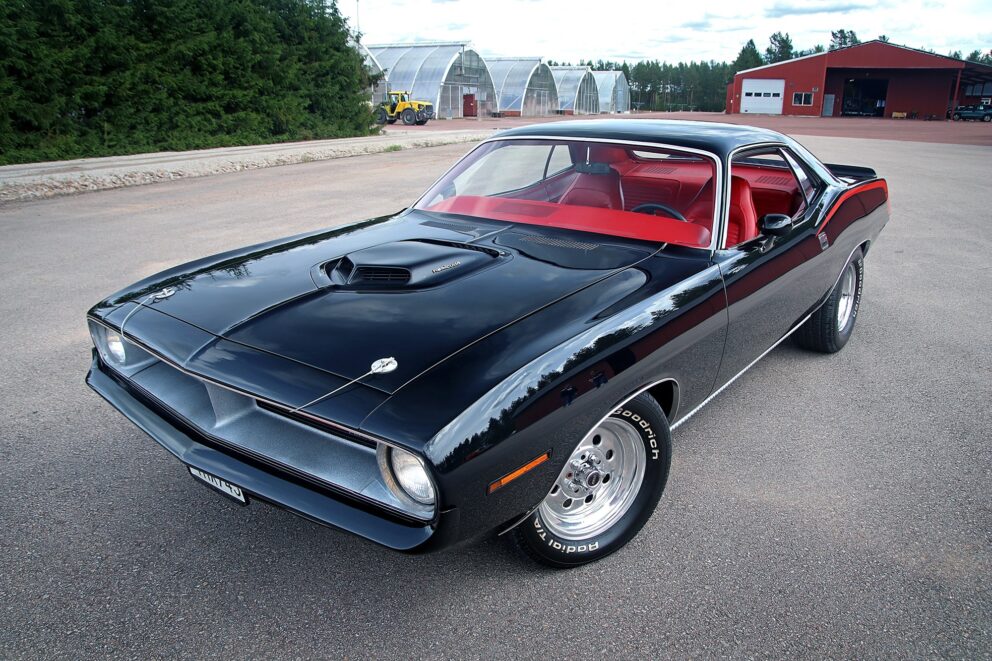
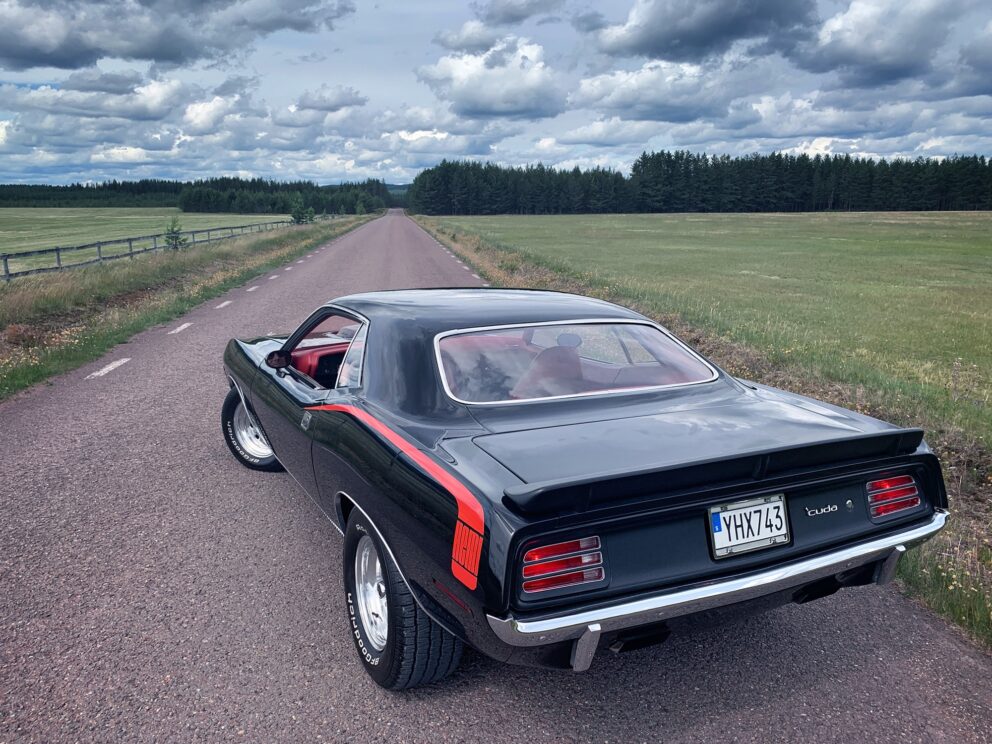
The HEMI engine produces an estimated 465 horsepower. Per isn’t entirely sure of the exact figure, but he’s more than satisfied with how the car feels.
“The camshaft runs a bit hotter than standard, which I enjoy. The HEMI also has dual four-barrel Edelbrock 625 carburetors.”
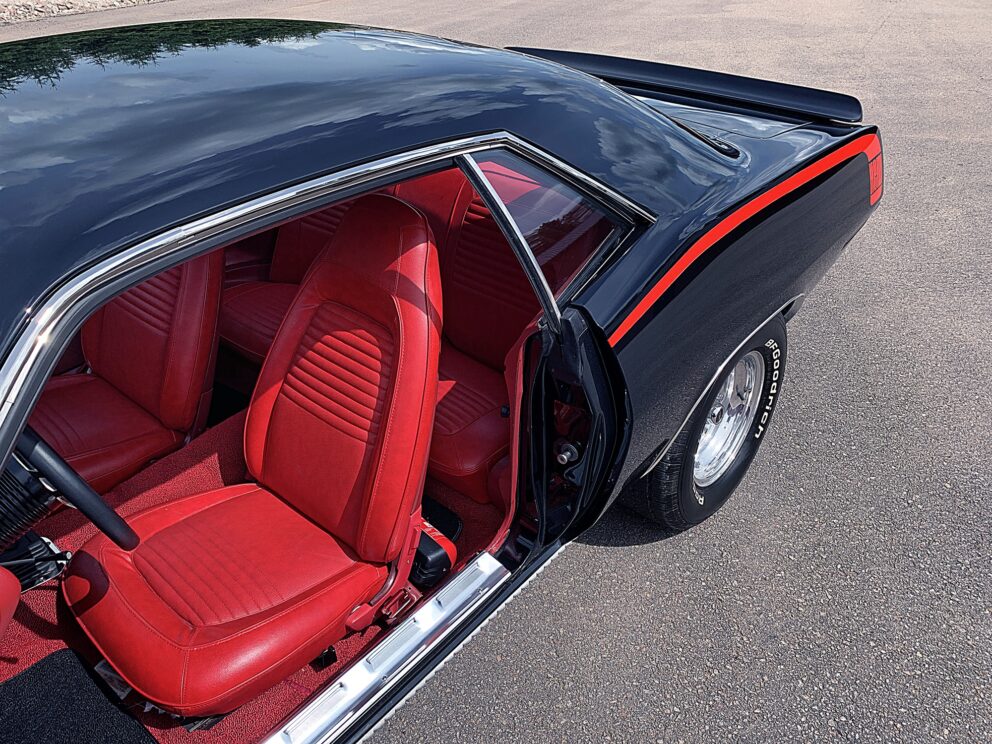
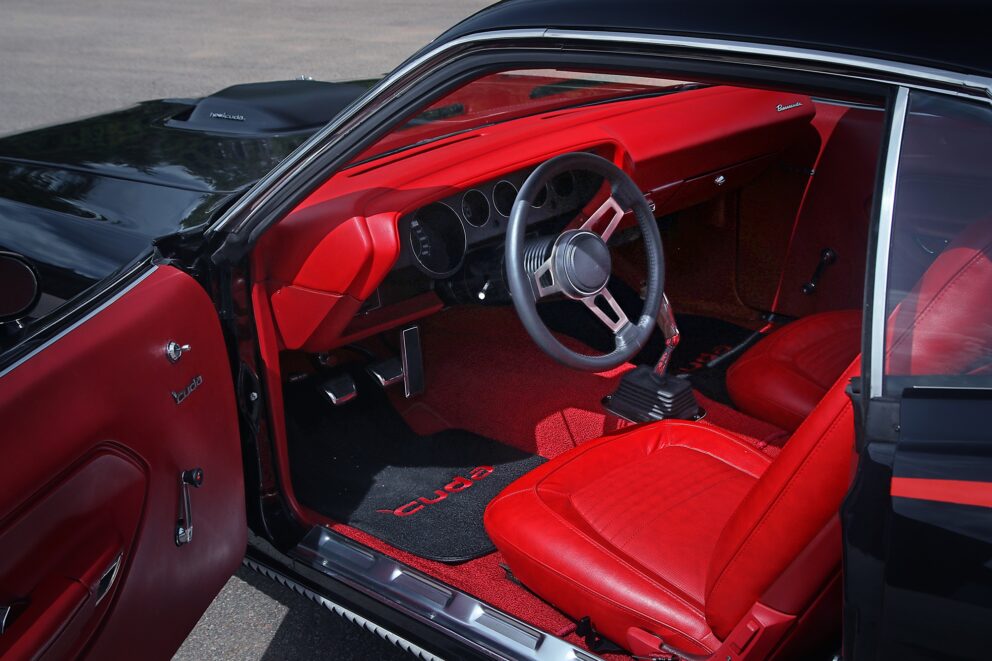
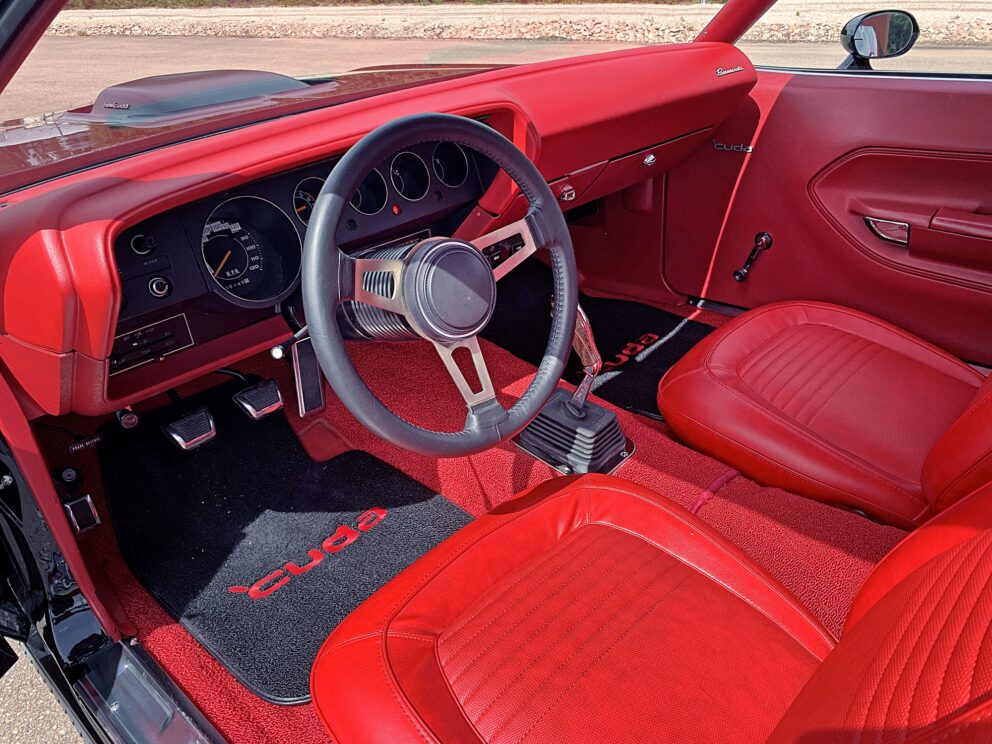
Our conversation shifts from Mopar vehicles to flesh-eating bacteria, specifically Group A Streptococcus – the clinical name for what nearly killed Per in the spring of 2016 and ultimately spurred him to embrace life fully.
“These bacteria infect only a few people here in Sweden each year, and in 2016, I was one of them. I had removed a transmission from one of my cars and scraped the knuckle above my left index finger. It was a small, 10-millimeter wound.”
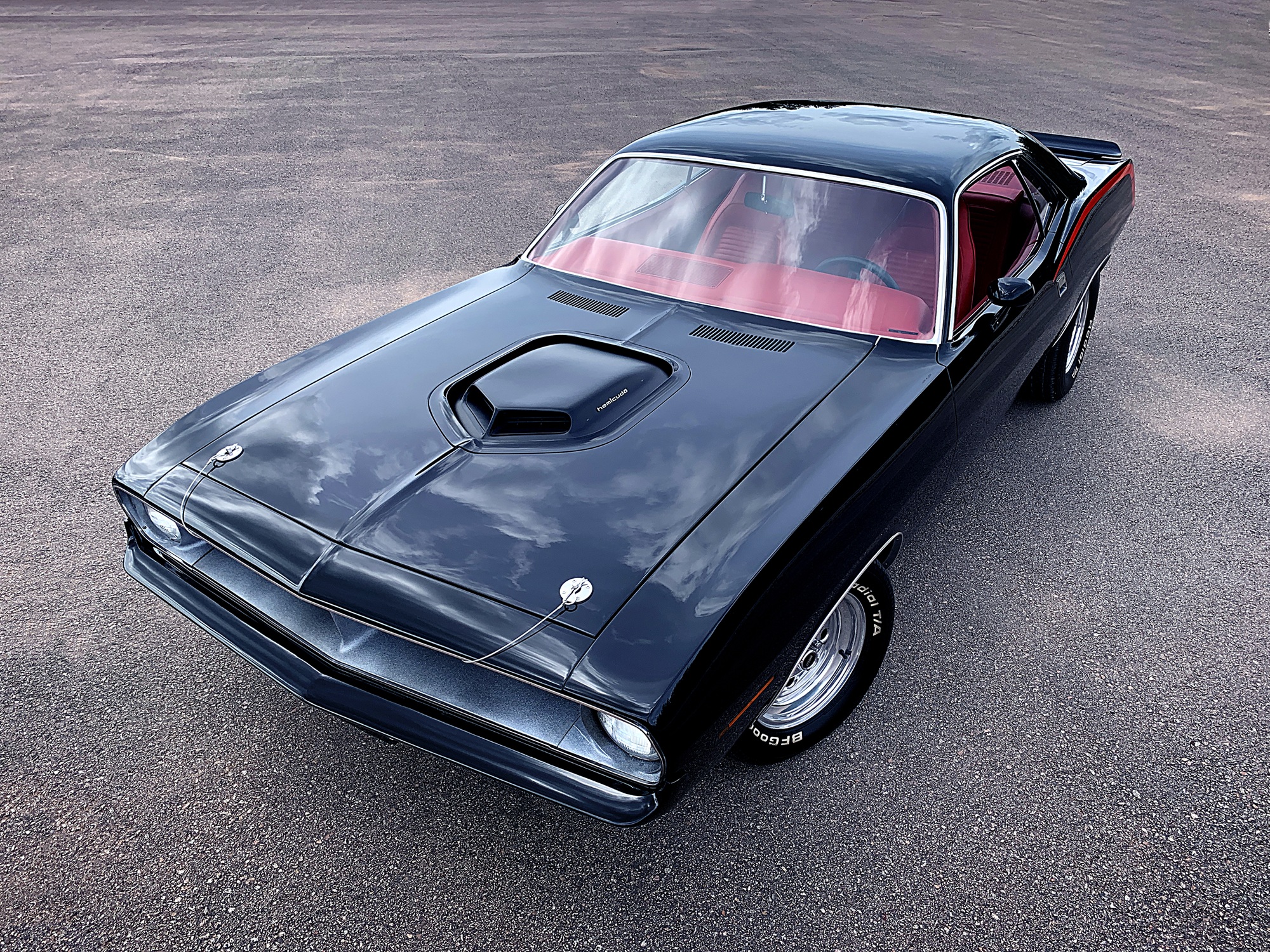
Per didn’t think much of it at first, but within a day, the cut became slightly infected. It seemed minor – just something that happens when you get oil and dirt in a small injury.
“My friends and I went snowmobiling. On the second day, my finger swelled up enormously, and I developed a high fever. I ended up taking a taxi 180 kilometers to the nearest hospital.”
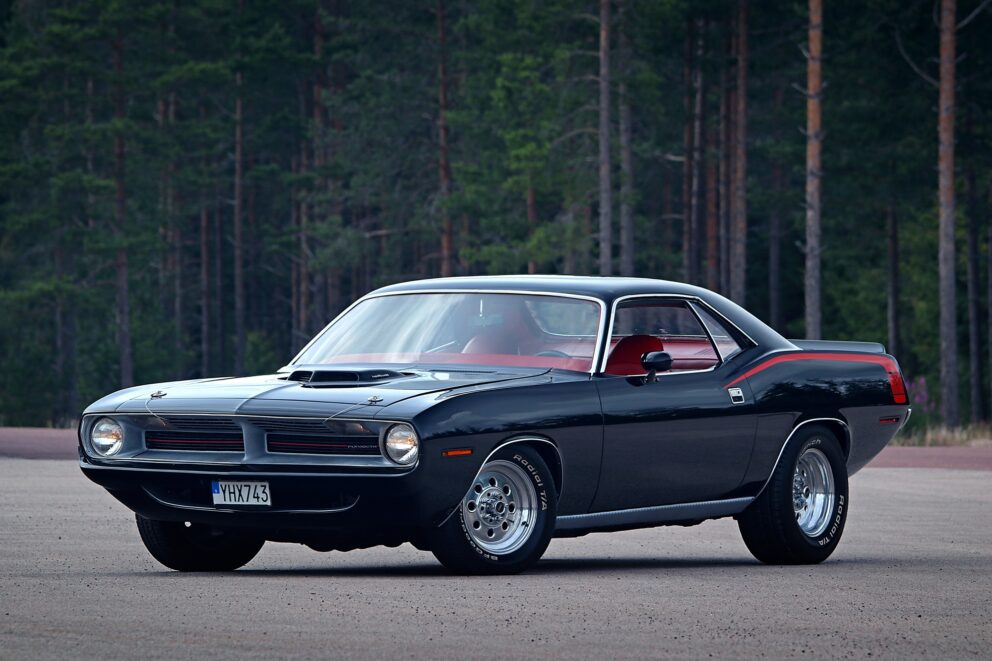
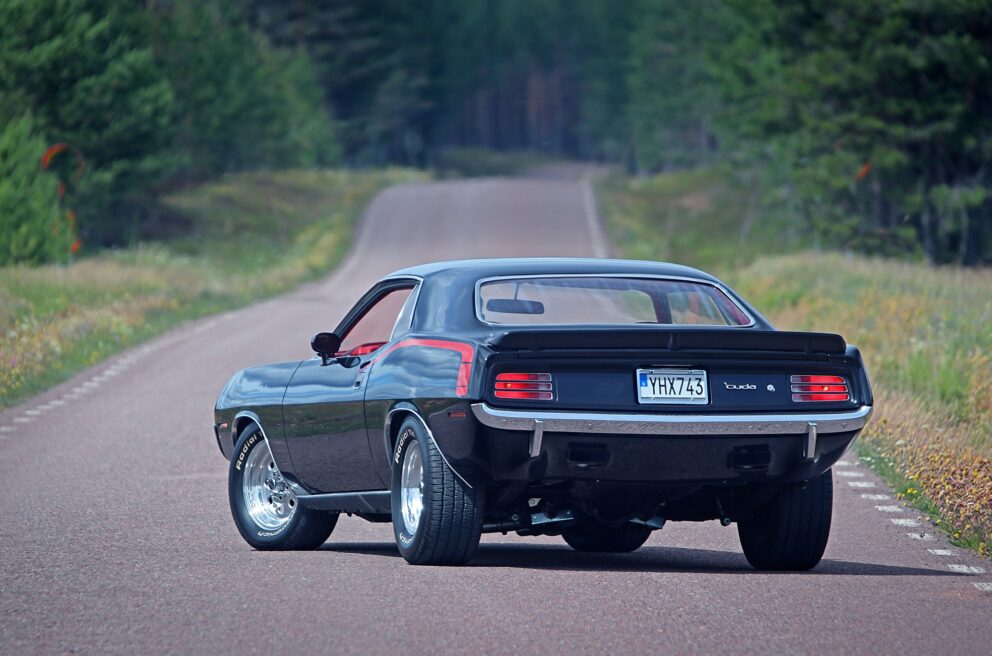
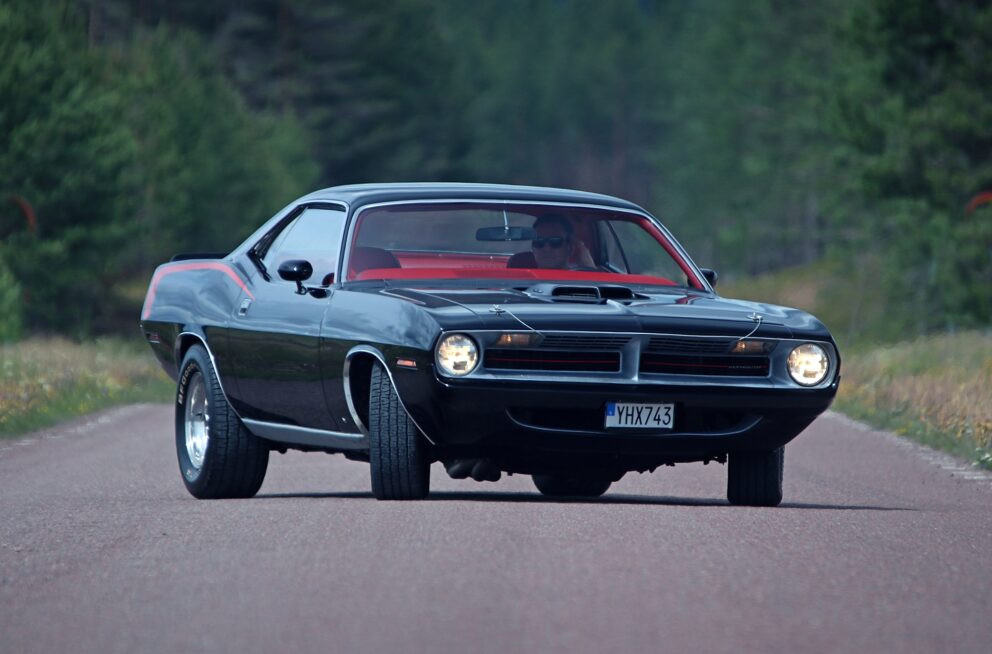
Per remembers nothing of the final stretch of that taxi ride; he passed out. Days later, on his birthday, he awoke from a coma to find hospital staff removing him from a ventilator. Unaware of the life-or-death battle the medical team had fought in his absence, he opened his eyes.
“I remember that moment. It was March 17. My wife had brought my children to my bedside. The doctors weren’t sure I’d make it. I had an open wound from my hand to my shoulder. They had stripped away the skin, like field-dressing a moose, as one doctor described it.”
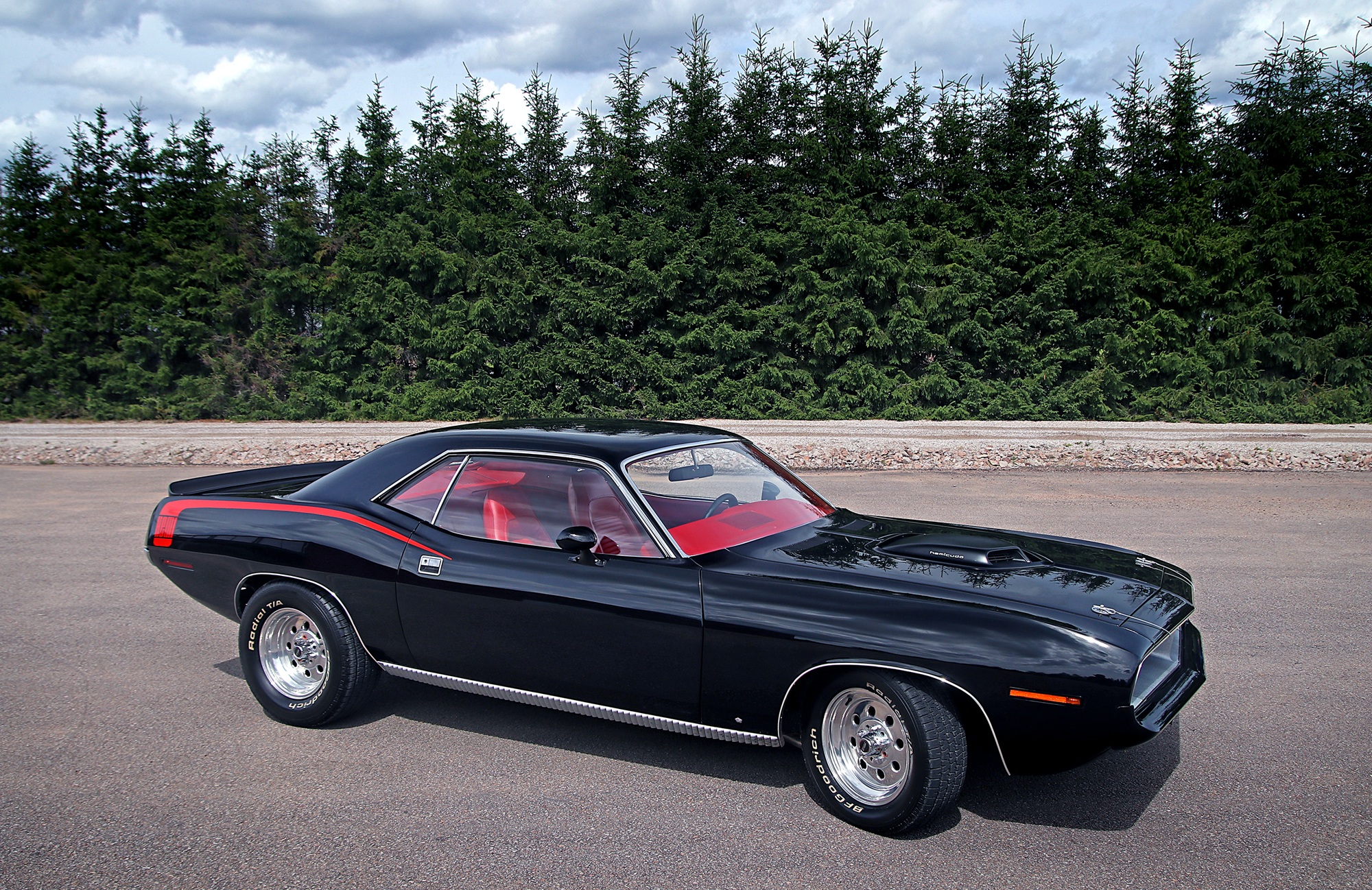
It wasn’t a pleasant experience. Per needed morphine for the pain, and the fluid draining from his arm resembled mustard.
“I think I had four surgeries over two to three weeks. When they finally stitched the skin back, it was dry and shriveled, like fried bacon. The doctors used steel staples to stretch and reattach it.”
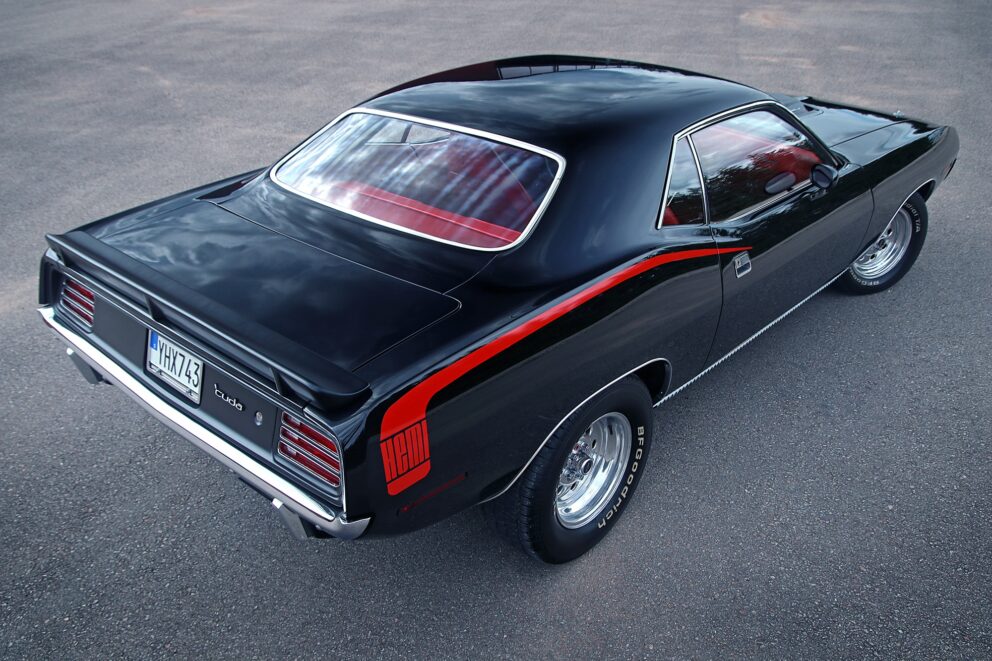
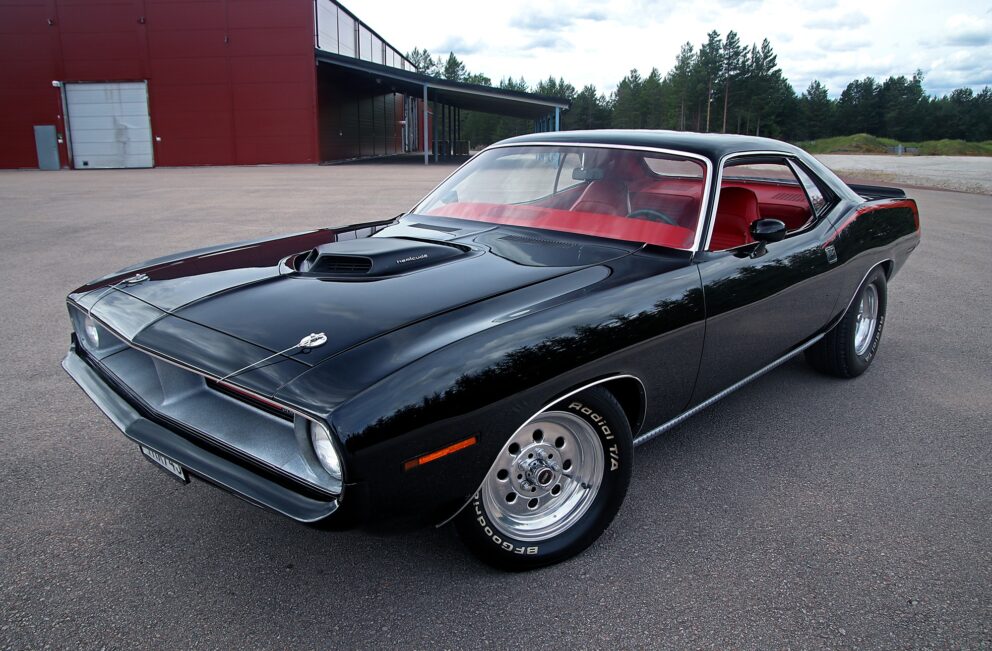
In total, Per spent about a month away from his regular life. But as the owner of a business in the ventilation industry, he couldn’t take much longer off. He was back to work while still in the hospital.
“It’s not easy working with morphine in your system, but what choice do you have?”
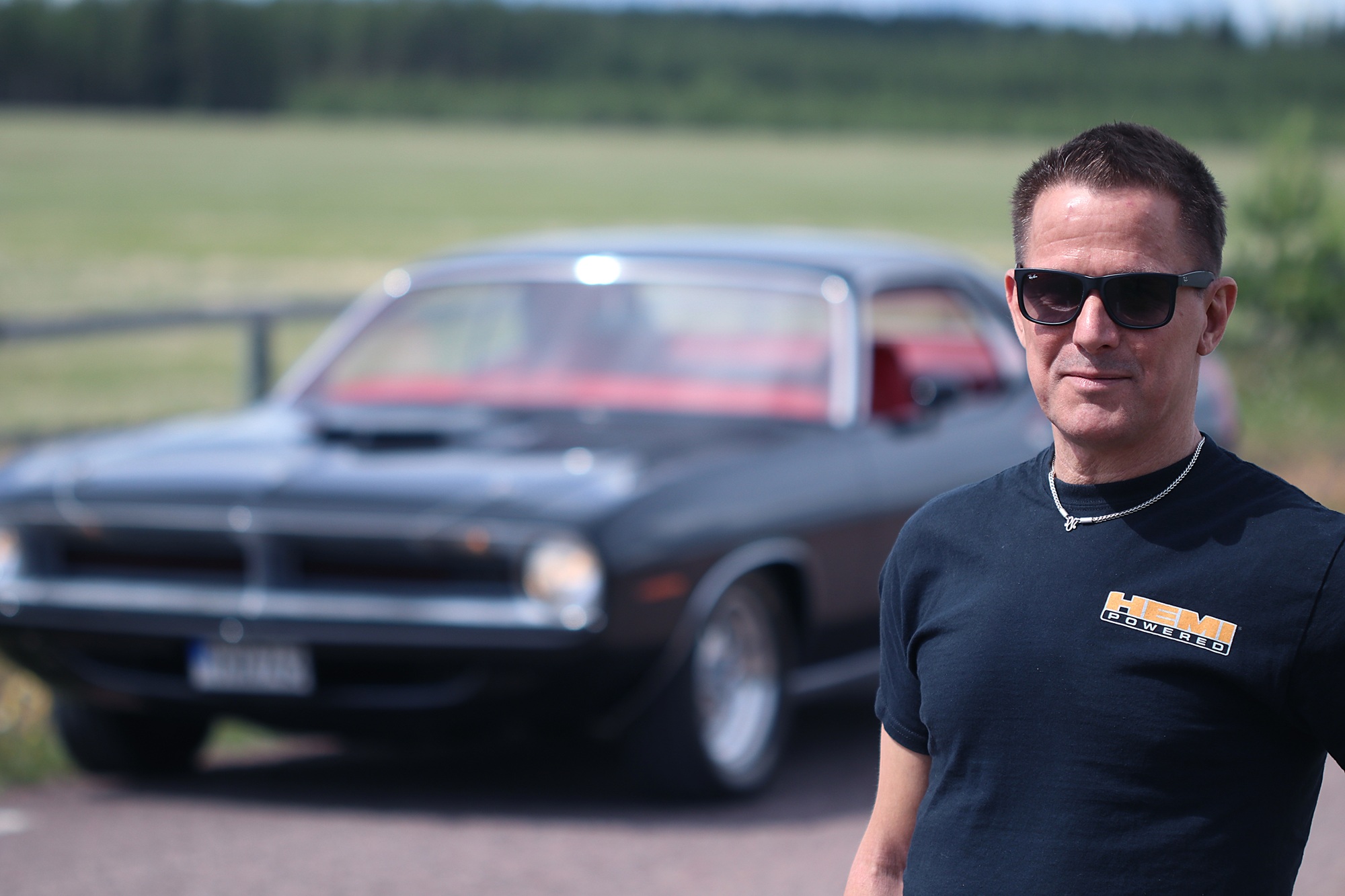
Today, Per tackles life head-on. He even started traveling more, despite a significant fear of flying.
So perhaps the headline should be: ‘Not just a Barracuda.’ Maybe it’s worth whining a little less and living a little more. Take the leap now, because tomorrow is never guaranteed. Just looking at Per, you understand. I’ve never met anyone who smiles as much as he does.
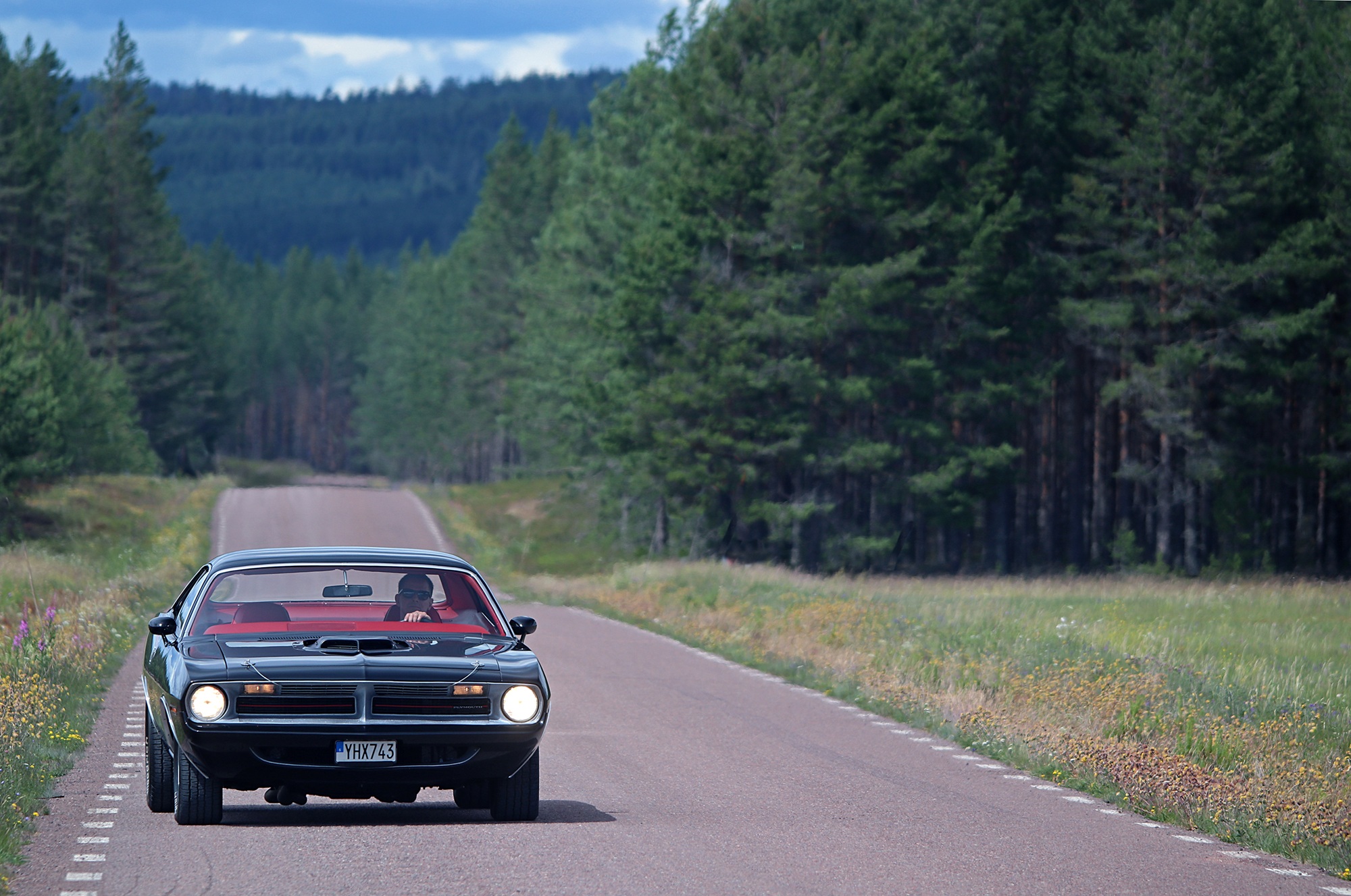

0 Comments